- myFICO® Forums
- Types of Credit
- Credit Cards
- Re: Gas and grocery combo
- Subscribe to RSS Feed
- Mark Topic as New
- Mark Topic as Read
- Float this Topic for Current User
- Bookmark
- Subscribe
- Mute
- Printer Friendly Page
Gas and grocery combo
Is your credit card giving you the perks you want?
Browse credit cards from a variety of issuers to see if there's a better card for you.
- Mark as New
- Bookmark
- Subscribe
- Mute
- Subscribe to RSS Feed
- Permalink
- Report Inappropriate Content
Gas and grocery combo
I've been trying to figure out the best credit card combo for just gas and groceries. Right now I have applied for the Citi Custom Cash Card (for gas) and the American Express Blue Cash Preferred Card (for groceries). Is this a good combo? I've done quite a bit of research and this is the best combo I've came up with.
I also plan to get the Chase Sapphire Preffered at a later date.
- Mark as New
- Bookmark
- Subscribe
- Mute
- Subscribe to RSS Feed
- Permalink
- Report Inappropriate Content
Re: Gas and grocery combo
You applied. Were you approved?
- Mark as New
- Bookmark
- Subscribe
- Mute
- Subscribe to RSS Feed
- Permalink
- Report Inappropriate Content
Re: Gas and grocery combo
I just applied a few days ago but I have the credit score to qualify for both.
- Mark as New
- Bookmark
- Subscribe
- Mute
- Subscribe to RSS Feed
- Permalink
- Report Inappropriate Content
Re: Gas and grocery combo
@ndzmolek wrote:I've been trying to figure out the best credit card combo for just gas and groceries. Right now I have applied for the Citi Custom Cash Card (for gas) and the American Express Blue Cash Preferred Card (for groceries). Is this a good combo? I've done quite a bit of research and this is the best combo I've came up with.
I also plan to get the Chase Sapphire Preffered at a later date.
Welcome to My Fico Forums, @ndzmolek. . ![]()
Yes, it's a "good combo." Is it the "best combo?" That depends in the details of the card agreement and your personal spend.
Citi Custom Cash is good for gas ... but your spending is limited to $500 per month ($125 per week) to earn the 5% rewards. For some, that may not be enough, especially if they take road trips periodically where they spend more than normal months. Meanwhile, there are other cards that earn 5% uncapped on gas or a lower rate but uncapped or capped at a higher (ANNUAL - not monthly) limit. In those cases with higher spend, the lower-earning card on the surface may actually yield a higher total rewards.
Likewise, the grocery card also depends on spending. And you realize you're not actually getting a full 6% (net) on the Blue Cash Preferred? The problem with the BCP is the opposing complications of the the $95 AF and the $6K spending cap. Maximizing rewards is tricky. Looking purely at grocery spend, after deducting the AF and assuming someone spends exactly $6K annually (not a penny more or less), the rewards earning is 4.416%. (6000 x .06 = $360 - $95 AF = $265/6000 spend = 4.416%). If you spend less than $3,200 per year, the no-AF Blue Cash Everyday actually earns a better return with no-AF and 3%. If you spend between $3200 and $6K, you slowly increase return from 3% to 4.416%. Then if you spend more than $6K, you erode your earnings with 1% back. The wild card is the value of streaming services at 6%, but even with heavier streaming you're unlikely to reach 5% total. In my opinion, there are cards that are more simple to manage and optimize. For example, the Comenity AAA Visa cards that were recently introduced have 5%/3% on groceries, gas, warehouse clubs, dining with spending caps of $7K or $10K in some categories, depending on if you go with their Daily Advantage or Travel Advantage. The Redstone FCU Visa offers 5% on restaurants and gas (each capped separately at $7K), 3% (capped separately at $7K) on groceries - telecom - utilities - discount stores - streaming services, and an uncapped 1.5% on everything else, all with one card. And the Navy FCU More Rewards card is *uncapped* with 3% return on gas, groceries, transit, and dining out. If you use Verizon for cell phone, the Synchrony Verizon Visa earns 4%* cash back (*uncapped*) on gas and groceries, 3% on dining, and 2% off your Verizon bill if auto-billed. *The caveat is the cash back has to be redeemed as a credit to your Verizon bill for monthly services or new equipment purchases; however, it works out the same for applying towards your monthly cash flow.
See my links above for more details.
Those are just a few other examples of cards that might be of interest, depending on your spending levels and desire for simplicity in rewards. While the cards you mentioned are popular, there are many other great choices.






















Business Cards









Length of Credit > 40 years; Total Credit Limits >$936K
Top Lender TCL - Chase 156.4 - BofA 99.9 - CITI 96.5 - AMEX 95.0 - NFCU 80.0 - SYCH - 65.0
AoOA > 31 years (Jun 1993); AoYA (Oct 2024)
* Hover cursor over cards to see name & CL, or press & hold on mobile app.
- Mark as New
- Bookmark
- Subscribe
- Mute
- Subscribe to RSS Feed
- Permalink
- Report Inappropriate Content
Re: Gas and grocery combo
For supermarket spend, you might look into the Amex MR program and the Gold card.
It's definitely a quirky card. It earns points meant for air travel (some also find value in Hilton and Marriott transfers). It has a $250 AF. It has weird monthly credits. But if it works for you it can potentially significantly out-earn other cards. Great for dining, too.
I mostly buy my gas at Costco and split it between a Costco Visa (4%) and a "business" CFU AU card (1.5%). The latter isn't much but it's not usually a high-spend category for me.
Business use: Amex Bus. Plat., BBP, Lowes Amex AU, CFU AU
Perks: Delta Plat., United Explorer, IHG49, Hyatt, "Old SPG"
Mostly SD: Freedom Flex, Freedom, Arrival
Upgrade/Downgrade games: ED, BCE
SUB chasing: AA Platinum Select
- Mark as New
- Bookmark
- Subscribe
- Mute
- Subscribe to RSS Feed
- Permalink
- Report Inappropriate Content
Re: Gas and grocery combo
Looking at grocery purchases only, and assuming $6,000 spend per year, a 5% no-AF card beats the 6% AE BCP mathematically.
5% CB rotating:
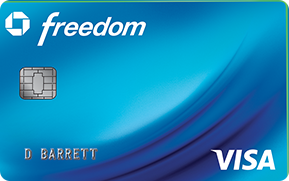

 ;
;Everyday 3% CB:
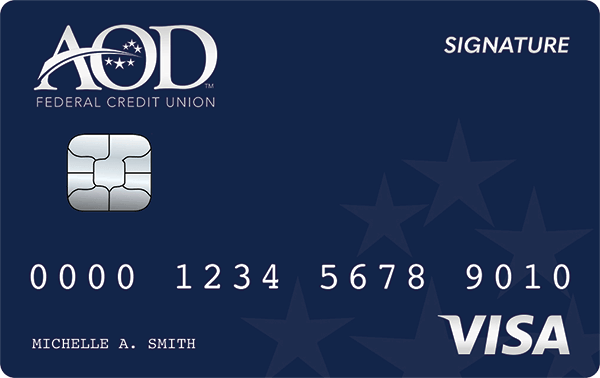 ;
;Everyday 5%:

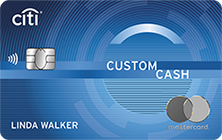




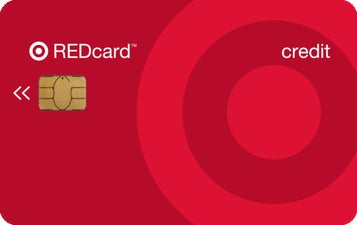 ;
;Companion Card:
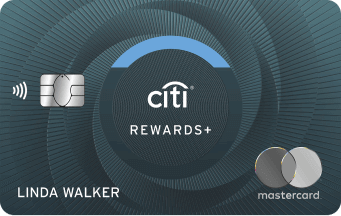 ;
;Everyday 2.2% CB:
 ;
;Retired to sock drawer after AOD (kept alive w/ 1 purchase every 6 mo):

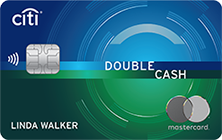
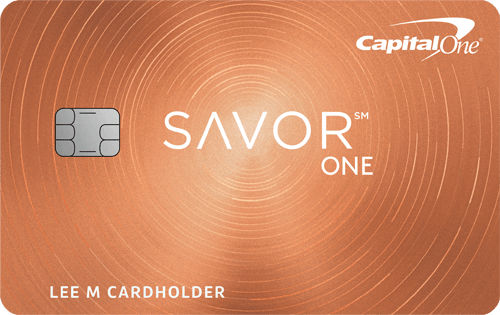 ;
;On my radar:
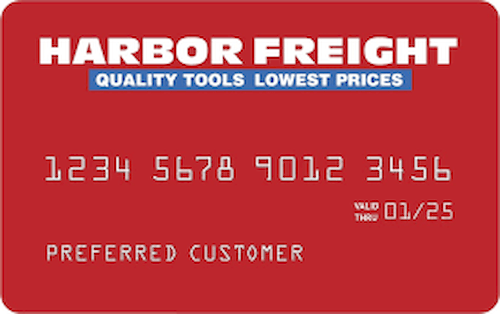
 ;
;Still Waiting for an Invite:
 ;
;No hope:
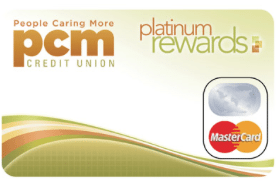
- Mark as New
- Bookmark
- Subscribe
- Mute
- Subscribe to RSS Feed
- Permalink
- Report Inappropriate Content
Re: Gas and grocery combo
@ptatohed wrote:Looking at grocery purchases only, and assuming $6,000 spend per year, a 5% no-AF card beats the 6% AE BCP mathematically.
I don't think you even need to assume the spend (the 5% card has to pay 5% on at least $6K though!) If you spend less, the BCP is offering even less value, and assuming the other card is the Custom Cash, above $6K spend both are paying 1%, so Custom Cash stays ahead (this assumes that the 5% spend is even to maximize the monthly rewards)
- Mark as New
- Bookmark
- Subscribe
- Mute
- Subscribe to RSS Feed
- Permalink
- Report Inappropriate Content
Re: Gas and grocery combo
6%CASH BACKat U.S. supermarkets on up to $6,000 per year in purchases (then 1%).‡
6%CASH BACKon select U.S. streaming subscriptions
3%CASH BACKat U.S. gas stations and on transit
gclid=EAIaIQobChMIksa9i7re_wIV0tSGCh0nGgFEEAAYAiAAEgL_SfD_BwE
Im new with them. But got 3 CLI's for $8500 in 4 months with heavy spend. Dont think the others would do such a thing. And I have a BK still showing.
- Mark as New
- Bookmark
- Subscribe
- Mute
- Subscribe to RSS Feed
- Permalink
- Report Inappropriate Content
Re: Gas and grocery combo
For me, the best combos are the Amex BCP for groceries and the Sam's Club MC and Redstone FCU Visa for gas. The usage on the Amex and the Sam's Club covers the annual fees within a few months.
Guyatthebeach
- Mark as New
- Bookmark
- Subscribe
- Mute
- Subscribe to RSS Feed
- Permalink
- Report Inappropriate Content
Re: Gas and grocery combo
@Guyatthebeach wrote:For me, the best combos are the Amex BCP for groceries and the Sam's Club MC and Redstone FCU Visa for gas. The usage on the Amex and the Sam's Club covers the annual fees within a few months.
Guyatthebeach
Yes, but covering the annual fee isn't always the best metric as to which card actually generates the best net rewards